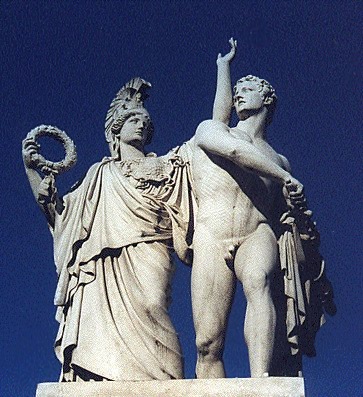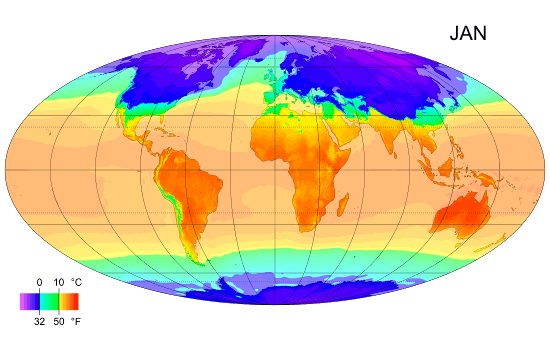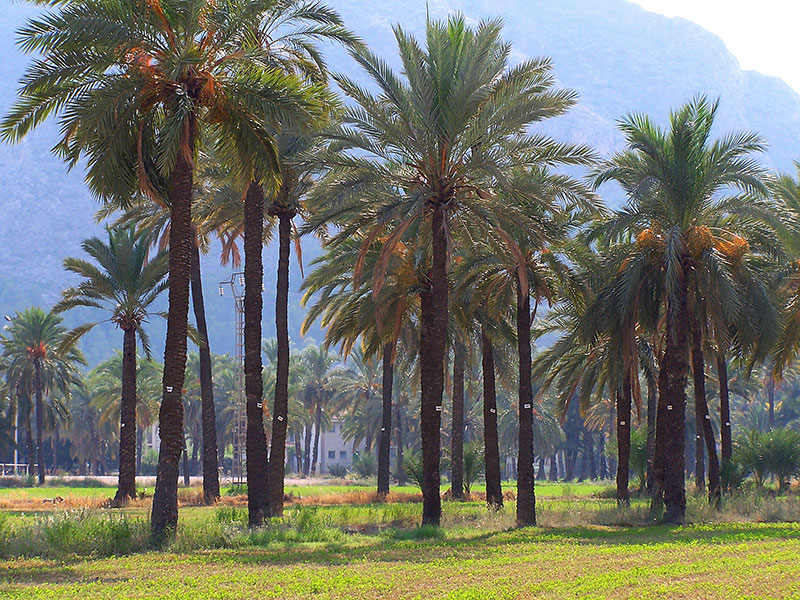|
San Severo (other)
San Severo (; formerly spelled Sansevero and previously known as San Severino; nap, Sanzëvírë, label= Northern Apulian; la, Castellum Sancti Severini) is a (municipality) of inhabitants in the province of Foggia, Apulia, Southern Italy. Rising on the foot of the spur of Gargano, San Severo adjoins the communes of Apricena in the north, Rignano Garganico and San Marco in Lamis in the east, Foggia and Lucera in the south, and Torremaggiore and San Paolo di Civitate in the west. Geography Territory The city sits in low-lying country, its center being at about above sea level. Geologically, its soil is quaternary (with sand and clay, fossils, and marine in origin). Its territory decreases in elevation from the west to the east , gradually changing from minor ripples in the western hills to a more regular plain in the east at the Candelaro basin. In addition to the Candelaro river, other waterways include the Triolo and Salsola torrents and Radicosa, Venola, Ferrante ... [...More Info...] [...Related Items...] OR: [Wikipedia] [Google] [Baidu] |
Apulia
it, Pugliese , population_note = , population_blank1_title = , population_blank1 = , demographics_type1 = , demographics1_footnotes = , demographics1_title1 = , demographics1_info1 = , demographics1_title2 = , demographics1_info2 = , demographics1_title3 = , demographics1_info3 = , timezone1 = CET , utc_offset1 = +01:00 , timezone1_DST = CEST , utc_offset1_DST = +02:00 , postal_code_type = , postal_code = , area_code_type = ISO 3166 code , area_code = IT-75 , blank_name_sec1 = GDP (nominal) , blank_info_sec1 = €76.6 billion (2018) , blank1_name_sec1 = GDP per capita , blank1_info_sec1 = €19,000 (2018) , blank2_name_sec1 = HDI (2018) , blank2_info_sec1 = 0.845 · 18th of 21 , blank_name_sec2 = NUTS Region , blank_info_sec2 = ... [...More Info...] [...Related Items...] OR: [Wikipedia] [Google] [Baidu] |
Quaternary
The Quaternary ( ) is the current and most recent of the three periods of the Cenozoic Era in the geologic time scale of the International Commission on Stratigraphy (ICS). It follows the Neogene Period and spans from 2.58 million years ago to the present. The Quaternary Period is divided into two epochs: the Pleistocene (2.58 million years ago to 11.7 thousand years ago) and the Holocene (11.7 thousand years ago to today, although a third epoch, the Anthropocene, has been proposed but is not yet officially recognised by the ICS). The Quaternary Period is typically defined by the cyclic growth and decay of continental ice sheets related to the Milankovitch cycles and the associated climate and environmental changes that they caused. Research history In 1759 Giovanni Arduino proposed that the geological strata of northern Italy could be divided into four successive formations or "orders" ( it, quattro ordini). The term "quaternary" was introduced by Jules Desnoye ... [...More Info...] [...Related Items...] OR: [Wikipedia] [Google] [Baidu] |
Pagan
Paganism (from classical Latin ''pāgānus'' "rural", "rustic", later "civilian") is a term first used in the fourth century by early Christians for people in the Roman Empire who practiced polytheism, or ethnic religions other than Judaism. In the time of the Roman empire, individuals fell into the pagan class either because they were increasingly rural and provincial relative to the Christian population, or because they were not '' milites Christi'' (soldiers of Christ).J. J. O'Donnell (1977)''Paganus'': Evolution and Use ''Classical Folia'', 31: 163–69. Alternative terms used in Christian texts were ''hellene'', ''gentile'', and '' heathen''. Ritual sacrifice was an integral part of ancient Graeco-Roman religion and was regarded as an indication of whether a person was pagan or Christian. Paganism has broadly connoted the " religion of the peasantry". During and after the Middle Ages, the term ''paganism'' was applied to any non-Christian religion, and the term presumed a ... [...More Info...] [...Related Items...] OR: [Wikipedia] [Google] [Baidu] |
Diomedes
Diomedes (Jones, Daniel; Roach, Peter, James Hartman and Jane Setter, eds. ''Cambridge English Pronouncing Dictionary''. 17th edition. Cambridge UP, 2006.) or Diomede (; grc-gre, Διομήδης, Diomēdēs, "god-like cunning" or "advised by Zeus") is a hero in Greek mythology, known for his participation in the Trojan War. He was born to Tydeus and Deipyle and later became King of Argos, Peloponnese, Argos, succeeding his maternal grandfather, Adrastus. In Homer's ''Iliad'' Diomedes is regarded alongside Ajax the Great and Agamemnon, after Achilles, as one of the best warriors of all the Achaeans (Homer), Achaeans in prowess (which is especially made clear in Book 7 of the ''Iliad'' when Ajax the Greater, Diomedes, and Agamemnon are the most wished for by the Achaeans to fight Hector out of nine volunteers, who included Odysseus and Ajax the Lesser). Subsequently, Diomedes founded ten or more Italian cities and, after his death, was worshipped as a divine being under various ... [...More Info...] [...Related Items...] OR: [Wikipedia] [Google] [Baidu] |
Greeks
The Greeks or Hellenes (; el, Έλληνες, ''Éllines'' ) are an ethnic group and nation indigenous to the Eastern Mediterranean and the Black Sea regions, namely Greece, Cyprus, Albania, Italy, Turkey, Egypt, and, to a lesser extent, other countries surrounding the Mediterranean Sea. They also form a significant diaspora (), with Greek communities established around the world.. Greek colonies and communities have been historically established on the shores of the Mediterranean Sea and Black Sea, but the Greek people themselves have always been centered on the Aegean and Ionian seas, where the Greek language has been spoken since the Bronze Age.. Until the early 20th century, Greeks were distributed between the Greek peninsula, the western coast of Asia Minor, the Black Sea coast, Cappadocia in central Anatolia, Egypt, the Balkans, Cyprus, and Constantinople. Many of these regions coincided to a large extent with the borders of the Byzantine Empire of the late 11th cent ... [...More Info...] [...Related Items...] OR: [Wikipedia] [Google] [Baidu] |
Climate Classification
Climate classifications are systems that categorize the world's climates. A climate classification may correlate closely with a biome classification, as climate is a major influence on life in a region. One of the most used is the Köppen climate classification scheme first developed in 1899. There are several ways to classify climates into similar regimes. Originally, climes were defined in Ancient Greece to describe the weather depending upon a location's latitude. Modern climate classification methods can be broadly divided into ''genetic'' methods, which focus on the causes of climate, and ''empiric'' methods, which focus on the effects of climate. Examples of genetic classification include methods based on the relative frequency of different air mass types or locations within synoptic scale meteorology, synoptic weather disturbances. Examples of empirical, empiric classifications include climate zones defined by plant hardiness, evapotranspiration, or more generally the Köpp ... [...More Info...] [...Related Items...] OR: [Wikipedia] [Google] [Baidu] |
Mediterranean Climate
A Mediterranean climate (also called a dry summer temperate climate ''Cs'') is a temperate climate sub-type, generally characterized by warm, dry summers and mild, fairly wet winters; these weather conditions are typically experienced in the majority of Mediterranean-climate regions and countries, but remain highly dependent on proximity to the ocean, altitude and geographical location. This climate type's name is in reference to the coastal regions of the Mediterranean Sea within the Mediterranean Basin, where this climate type is most prevalent. The "original" Mediterranean zone is a massive area, its western region beginning with the Iberian Peninsula in southwestern Europe and coastal regions of northern Morocco, extending eastwards across southern Europe, the Balkans, and coastal Northern Africa, before reaching a dead-end at the Levant region's coastline. Mediterranean climate zones are typically located along the western coasts of landmasses, between roughly 30 and 45 ... [...More Info...] [...Related Items...] OR: [Wikipedia] [Google] [Baidu] |
Wheat
Wheat is a grass widely cultivated for its seed, a cereal grain that is a worldwide staple food. The many species of wheat together make up the genus ''Triticum'' ; the most widely grown is common wheat (''T. aestivum''). The archaeological record suggests that wheat was first cultivated in the regions of the Fertile Crescent around 9600 BCE. Botanically, the wheat kernel is a type of fruit called a caryopsis. Wheat is grown on more land area than any other food crop (, 2014). World trade in wheat is greater than for all other crops combined. In 2020, world production of wheat was , making it the second most-produced cereal after maize. Since 1960, world production of wheat and other grain crops has tripled and is expected to grow further through the middle of the 21st century. Global demand for wheat is increasing due to the unique viscoelastic and adhesive properties of gluten proteins, which facilitate the production of processed foods, whose consumption is inc ... [...More Info...] [...Related Items...] OR: [Wikipedia] [Google] [Baidu] |
Vineyards
A vineyard (; also ) is a plantation of grape-bearing vines, grown mainly for winemaking, but also raisins, table grapes and non-alcoholic grape juice. The science, practice and study of vineyard production is known as viticulture. Vineyards are often characterised by their ''terroir'', a French term loosely translating as "a sense of place" that refers to the specific geographical and geological characteristics of grapevine plantations, which may be imparted to the wine itself. History The earliest evidence of wine production dates from between 6000 and 5000 BC. Wine making technology improved considerably with the ancient Greeks but it wasn't until the end of the Roman Empire that cultivation techniques as we know them were common throughout Europe. In medieval Europe the Church was a staunch supporter of wine, which was necessary for the celebration of the Mass. During the lengthy instability of the Middle Ages, the monasteries maintained and developed viticultural prac ... [...More Info...] [...Related Items...] OR: [Wikipedia] [Google] [Baidu] |
Grove (nature)
A grove is a small group of trees with minimal or no undergrowth, such as a sequoia grove, or a small orchard planted for the cultivation of fruits or nuts. Other words for groups of trees include ''woodland'', ''woodlot'', ''thicket'', and ''stand''. The main meaning of " grove" is a group of trees that grow close together, generally without many bushes or other plants underneath. It is an old word in the English language, with records of its use dating as far back as the late 9th century. The word's true origins are unknown; the word, or a related root, cannot be found in any other Germanic language. Naturally-occurring groves are typically small, perhaps a few acres at most.In contrast, orchards, which are normally intentional planting of trees, may be small or very large, like the apple orchards in Washington state, and orange groves in Florida. Historically, groves were considered sacred in pagan, pre-Christian Germanic and Celtic cultures. Helen F. Leslie-Jacobsen a ... [...More Info...] [...Related Items...] OR: [Wikipedia] [Google] [Baidu] |
Subsoil
Subsoil is the layer of soil under the topsoil on the surface of the ground. Like topsoil, it is composed of a variable mixture of small particles such as sand, silt and clay, but with a much lower percentage of organic matter and humus, and it has a small amount of rocks which are smaller in size mixed with it. The subsoil is also called B Horizon. Whereas the topsoil (alternatively called the A horizon) tends to be the site containing the greatest physical, chemical, and biological activity, the subsoil (or the B horizon) is the region of deposition where you can find iron oxide, clay particles, and small amounts of organic material reaching from the A horizon. It is also less weathered than the topsoil. Due to human activity, the topsoil and subsoil in many environments has been mixed together. Below the subsoil is the soil base (or C horizon). Clay-based subsoil has been the primary source of material for adobe, cob, rammed earth, wattle and daub, and other earthen constru ... [...More Info...] [...Related Items...] OR: [Wikipedia] [Google] [Baidu] |
Brackish
Brackish water, sometimes termed brack water, is water occurring in a natural environment that has more salinity than freshwater, but not as much as seawater. It may result from mixing seawater (salt water) and fresh water together, as in estuaries, or it may occur in brackish fossil aquifers. The word comes from the Middle Dutch root '' brak''. Certain human activities can produce brackish water, in particular civil engineering projects such as dikes and the flooding of coastal marshland to produce brackish water pools for freshwater prawn farming. Brackish water is also the primary waste product of the salinity gradient power process. Because brackish water is hostile to the growth of most terrestrial plant species, without appropriate management it is damaging to the environment (see article on shrimp farms). Technically, brackish water contains between 0.5 and 30 grams of salt per litre—more often expressed as 0.5 to 30 parts per thousand (‰), which is a specific grav ... [...More Info...] [...Related Items...] OR: [Wikipedia] [Google] [Baidu] |

.jpg)

_b_016.jpg)






